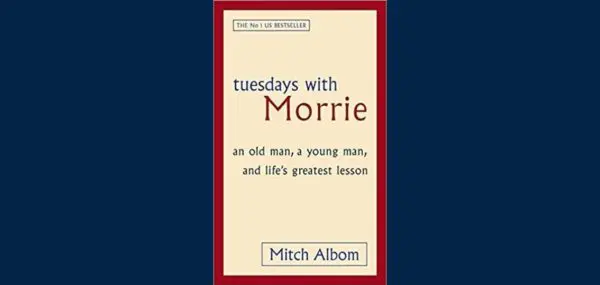Movie Review of Disney Pixar’s Brave
Anyone who grew up watching animated classics, like Snow White, Sleeping Beauty and The Little Mermaid, can easily outline the plot of a typical princess film: our heroine is beautiful but woefully single, and after consulting her animal friends and meeting her square-jawed Prince Charming, she overcomes the various obstacles in her path—her evil stepmother, the jealous octopus queen, etc.—and lives happily ever after in wedded bliss.
The arrival of Pixar’s Brave, in theaters now, moves away from the typical Disney princess formula. Merida is the delightfully free-spirited princess who would rather practice archery and explore the beautifully rendered Scottish highlands with Angus, her horse, than be groomed to be a proper wife. Brave includes sly nods to the traditional princess plot and deviates just enough to poke fun at the formula; her suitors, for example, are a collection of goofy, awkward, self-obsessed teenage boys with nary a square-jaw in sight.
The action of the film is fairly straightforward. Merida is enraged when her mother, Queen Elinor, insists she must marry one of the doltish sons of her father’s fellow lords. After some feuding, Merida escapes into the woods and meets a witch; subsequently, she buys a spell to “change her fate,” but the spell, unsurprisingly, doesn’t work quite so simply. Instead Elinor is transformed into an enormous, lumbering bear. Merida is left with just two days to either reverse the spell’s effects or lose her mother to bearkind for good.
What makes the film a must-see, especially for teenage girls and their mothers, is the true-to-life portrayal of Merida’s relationship with Elinor. Mothers in the audience will immediately sympathize with the harried queen, who wants nothing more than her daughter’s full attention during harp lessons, a dinner table free from bows and arrows and for Merida to just agree that mother knows best. Daughters who desire independence and an identity forged outside the confines of worried moms will find a kindred spirit in Merida. Unlike the evil stepmothers or long-absent matriarchs in typical princess films, Elinor is not a stereotype, but a complex character who genuinely cares for and supports her daughter.
Early in the film, a peaceful scene between the mother and daughter is juxtaposed against their present-day feuding. Viewers get a strong sense of how this relationship has progressed from the familial closeness of Merida’s childhood to the tempestuous outbursts and emotional distance of her adolescence. The spats between mother and daughter feel real for those who have lived through them. And the desire for reconciliation by the film’s end is heartfelt.
Brave isn’t perfect. It never quite reaches the narrative high points of previous Pixar classics like Up or Toy Story; the film marks Pixar’s first foray into female protagonists. I would have liked to see the filmmakers play around with the princess formula with a bit more confidence. Very few films, though, devote so much screen time to mothers and daughters in so relatable a fashion, so perhaps the film falters at times because it is exploring uncharted territory.
Note to parents: The film has some genuinely funny moments, but it’s also one of Pixar’s darkest and scariest endeavors. Parents should use their best judgment when bringing small children to the theater.




